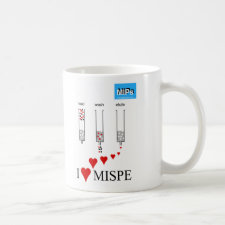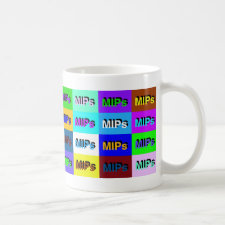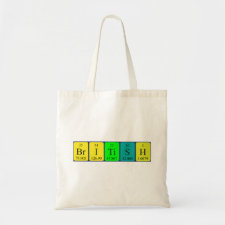
Authors: Hammond GD, Vojta AL, Grant SA, Hunt HK
Article Title: Integrating Nanostructured Artificial Receptors with Whispering Gallery Mode Optical Microresonators via Inorganic Molecular Imprinting Techniques.
Publication date: 2016
Journal: Biosensors
Volume: 6
Issue: (2)
Page numbers: ArticleNo26.
DOI: 10.3390/bios6020026
Alternative URL: http://www.mdpi.com/2079-6374/6/2/26
Abstract: The creation of label-free biosensors capable of accurately detecting trace contaminants, particularly small organic molecules, is of significant interest for applications in environmental monitoring. This is achieved by pairing a high-sensitivity signal transducer with a biorecognition element that imparts selectivity towards the compound of interest. However, many environmental pollutants do not have corresponding biorecognition elements. Fortunately, biomimetic chemistries, such as molecular imprinting, allow for the design of artificial receptors with very high selectivity for the target. Here, we perform a proof-of-concept study to show how artificial receptors may be created from inorganic silanes using the molecular imprinting technique and paired with high-sensitivity transducers without loss of device performance. Silica microsphere Whispering Gallery Mode optical microresonators are coated with a silica thin film templated by a small fluorescent dye, fluorescein isothiocyanate, which serves as our model target. Oxygen plasma degradation and solvent extraction of the template are compared. Extracted optical devices are interacted with the template molecule to confirm successful sorption of the template. Surface characterization is accomplished via fluorescence and optical microscopy, ellipsometry, optical profilometry, and contact angle measurements. The quality factors of the devices are measured to evaluate the impact of the coating on device sensitivity. The resulting devices show uniform surface coating with no microstructural damage with Q factors above 106. This is the first report demonstrating the integration of these devices with molecular imprinting techniques, and could lead to new routes to biosensor creation for environmental monitoring
Template and target information: fluorescein isothiocyanate, FITC
Author keywords: Molecularly imprinted polymers, Whispering Gallery Mode optical microresonators, optical biosensors, nanostructured thin films



Join the Society for Molecular Imprinting

New items RSS feed
Sign-up for e-mail updates:
Choose between receiving an occasional newsletter or more frequent e-mail alerts.
Click here to go to the sign-up page.
Is your name elemental or peptidic? Enter your name and find out by clicking either of the buttons below!
Other products you may like:
 MIPdatabase
MIPdatabase









